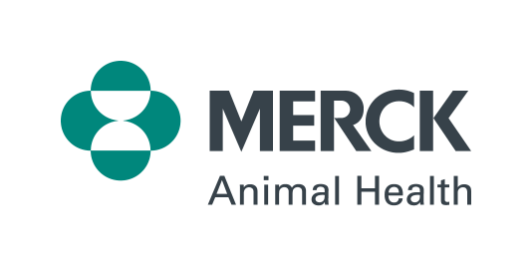
Frequently asked questions
How long have growth promoting implants been used in beef production?
Beef producers have been using growth-promoting implants for more than 40 years to safely and efficiently help improve their operations.
What types of growth-promoting implants are in the Merck Animal Health portfolio?
There are two types of implants cattle producers can use:
1. Estrogenic implants trigger the production of the hormone that naturally increases bone and muscle growth in the calf. Estrogenic components include estradiol and zeranol. Ralgro® is a estrogenic implant.
2. Androgenic implants help build muscle mass by increasing muscle synthesis and decreasing the normal rate of muscle loss. Trenbolone acetate (TBA) is the androgenic component of some implants on the market. Our Revalor® portfolio contains combination trenblone acetate and estradiol implants.
What should I consider when structuring an implant program for my beef cattle?
There are many variables to consider when selecting the optimal implant or implants to include in a protocol.
In general, the implant can be selected according to:
• Type of production phase;
• Age, weight, and sex of the animal;
• Number of days on pasture or feed;
• Energy content of the ration;
• Labour and facilities available to handle cattle.
Implement implant strategies from low to moderate to high potency throughout the life of the animal. Talk to your veterinarian to help you develop an implant program suited to your operation’s needs and objectives. Always read and follow the label instructions to ensure the selected product is suitable for the animal to be implanted.
Can I implant heifer calves that may be herd replacements?
Heifer calves that are intended to be replacements can be implanted with Ralgro® only once between 30 days of age and weaning, with no effect on future reproductive performance.
Are hormones used in beef safe for humans?
All animals produce hormones naturally. Naturally occurring hormones, and their synthetic alternatives used in beef production, do not pose a health risk to humans, according to independent studies by major international bodies, including:
• the World Health Organization (WHO);
• the United Nations’ Food and Agriculture Organization (FAO);
• the European Community Scientific Committee; and
• the FAO/WHO Joint Expert Committee on Food Additives.
A normal adult male produces 136,000 nanograms (ng) of estrogen every day. (A nanogram is one billionth of a gram.) By comparison, a six-ounce serving of beef contains approximately 3.8 ng of estrogen.2
NOTE: The site of the implant is in tissue not intended for consumption.
1. Floyd JG, et al. Implants for Growth Promotion in Beef Cattle. Alabama Cooperative Extension System. ANR-1020.
Available at: https://ssl.acesag.auburn.edu/pubs/docs/A/ANR-1020/ANR-1020-archive.pdf (Accessed March 2022).
2. Canadian Animal Health Institute. Hormones: A safe, effective production tool for the Canadian beef industry.
Available at: http://www.circlevmeat.com/images/Beef-Hormones-Factsheet.pdf (Accessed March 2022).
RALGRO® is a registered trademark of Intervet Inc. Revalor® is a registered trademark of Intervet International B.V. All trademarks used under license.
